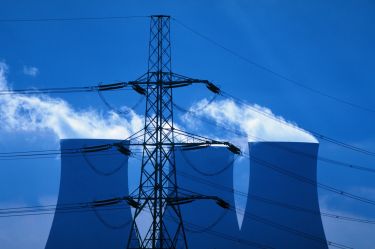
Politics & Society
10 reasons why nuclear energy is a bad idea for Australia
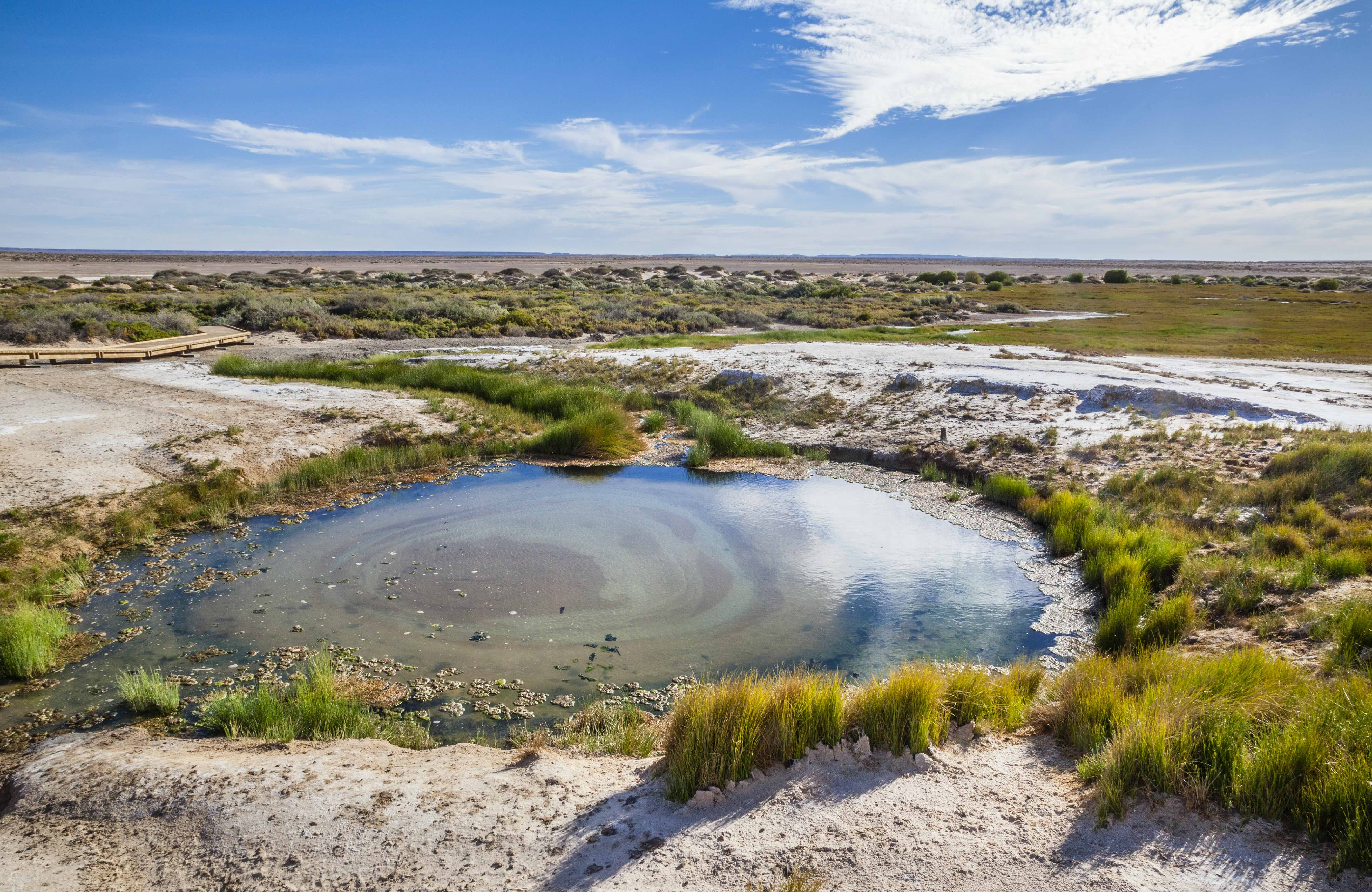
Geothermal energy from the Earth’s core gives Australia the potential to warm houses and power businesses 24/7 using existing infrastructure from other energy industries
Published 18 April 2025
Taking a soak in a thermal spa might seem a much-needed break, worlds away from the relentless election campaigning, but they’re actually more related than you might think.
One of the biggest election issues we're seeing in this campaign is what type of energy Australia should be using to power our homes and businesses into the future.
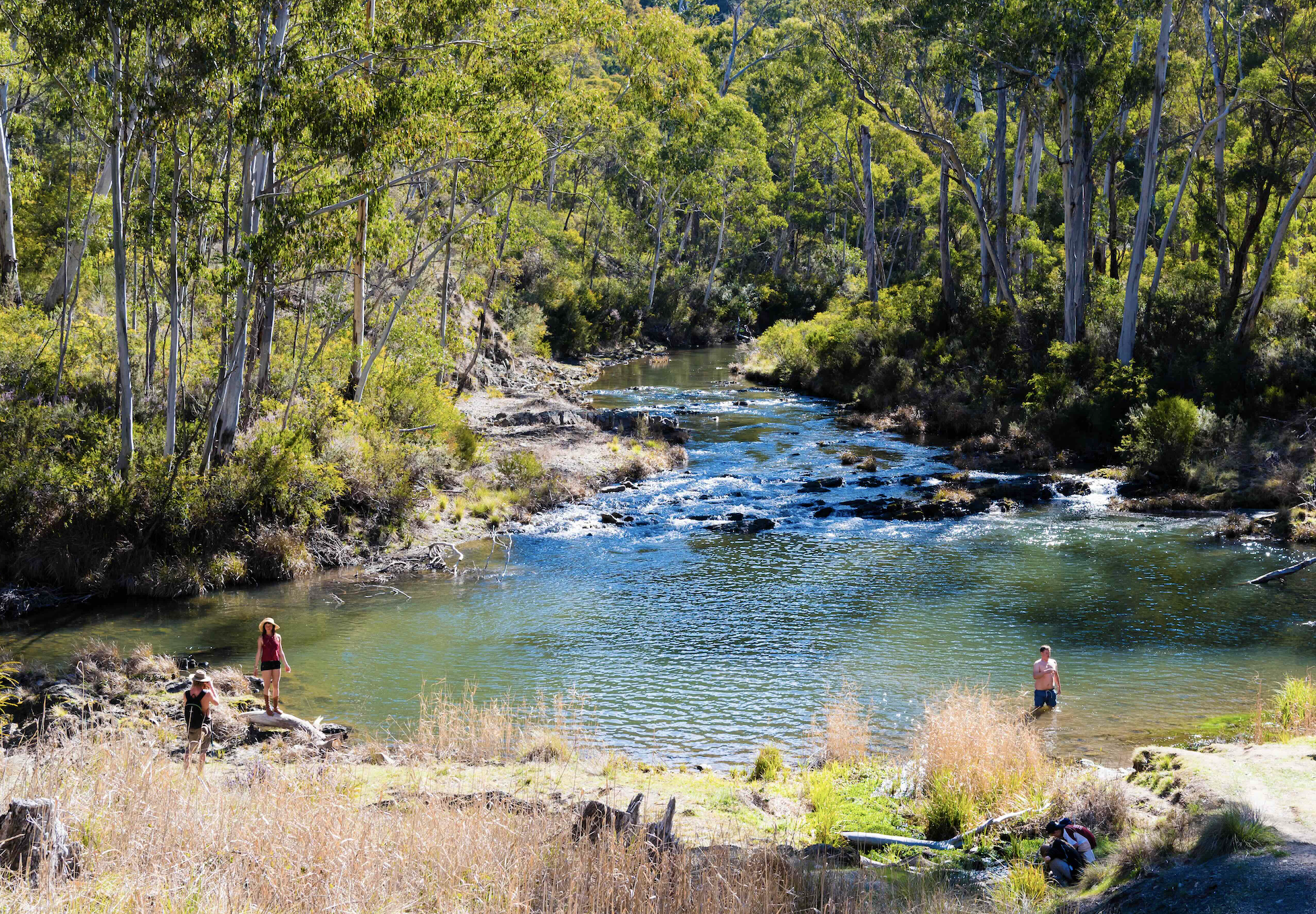
The warm water in a thermal spa is a surprising clue to an energy source that has the potential to power all our energy needs for billions of years.
Geothermal energy harnesses the heat from within Earth – the term comes from the Greek words geo (earth) and therme (heat).
At around 6,400 kilometres beneath our feet, the centre of the Earth is as hot as the surface of the sun at more than 5,000°C.
As underground water moves up from the centre of the Earth towards the surface, it gets progressively cooler.
But just hundreds of metres below ground, the Earth is often still warm enough for natural groundwater to heat swimming pools (both natural and built), warm houses and be put to industrial uses.

Politics & Society
10 reasons why nuclear energy is a bad idea for Australia
This heat is continually replenished by the decay of naturally occurring radioactive elements deep within the Earth.
It's something sometimes described as ‘natural nuclear’ energy.
While the dangerous radioactive decay materials remain deeply and safely buried, the benign heat conducts upwards to the surface.
Because of this slow decay, geothermal energy sources remain available for potentially billions of years, ensuring an essentially inexhaustible energy supply that doesn’t require battery storage.
But geothermal technologies are not well known in Australia – until now, we hope.
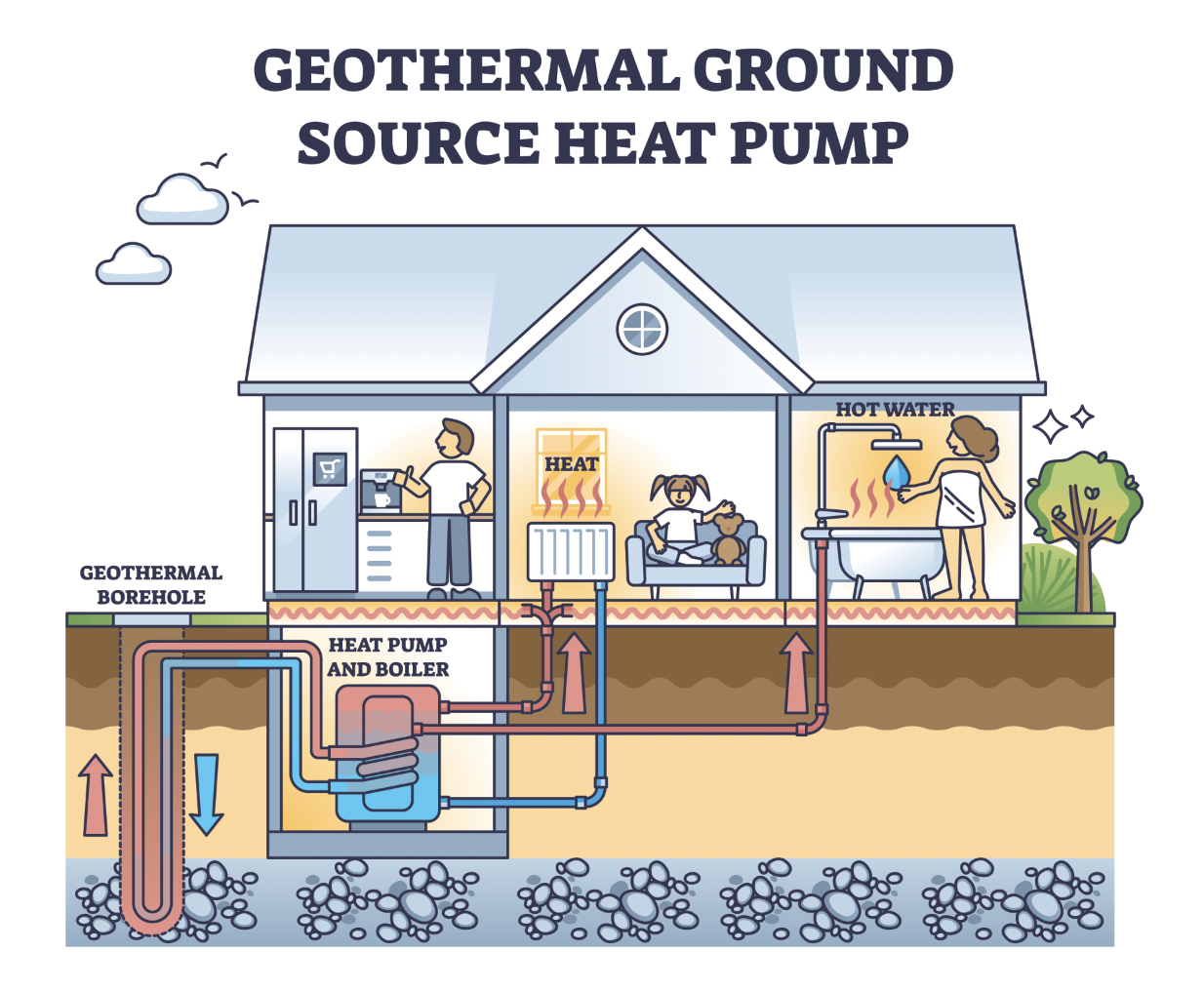
The easiest way to harvest geothermal energy is as ‘direct heat’ from the warm groundwater.
This is captured by simply pumping the warm water to where it is needed if the temperature is right for the purpose or through Ground Source Heat Pumps (GSHP).
The GSHP systems boost the energy to a high temperature and are already used to heat buildings around Australia, including the Geoscience Australia and War Memorial buildings in Canberra and Antarctic Tasmania in Hobart.
Countries like Iceland, New Zealand and many others with natural volcanic resources already use their access to hot water and naturally occurring steam to generate electricity using steam turbines.

Sciences & Technology
Going underground for green energy
In Australia and large parts of Europe, it requires deeper drilling to access the heat needed for generating electricity.
But we can access hot aquifers to supply a plentiful heat resource for both heating homes and other industrial uses, including heating greenhouses and food processing.
Importantly, this reduces the need for fossil fuels.
And there are further applications for geothermal heat and power including providing off-grid power to resource industries like mining or powering remote communities.
Once a geothermal source has been identified, its energy sources are available 24/7.

Our research teams are currently investigating a local geothermal opportunity in the Latrobe Valley, where a vast underground aquifer of 60°C water is readily accessible at modest cost with existing technology.
Importantly, we can use the aquifer's hot water without wasting much of it. Instead, the water is returned at a slightly cooler temperature to the aquifer, ensuring preservation of the integrity of the resource.
Modelling of the required infrastructure needed for projects like this one shows that reliable heat can be extracted over timescales stretching to 100 years or more with very modest operating costs.
The sustainable lifetime for projects is limited only by the balance between the rate of heat production and the natural rate of heat rising from the Earth.
Essentially, for a range of industries, this provides free heat, which is also sustainable and carbon free.

The geological structure of the Latrobe Valley has a thick layer of brown coal, which acts as an insulating layer, trapping extra heat below and warming the aquifers.
The coal near the valley’s surface has provided a cheap resource for generating electricity for decades. Now, by leaving the coal layer intact, it can provide the basis of a green energy future for the Latrobe Valley.
Internationally, the excitement about geothermal energy is palpable.
European industries and organisations are accelerating the use of their resources. In fact, recently, China has begun to harness its extensive aquifers for heating entire cities.
Even more exciting for Australia are the new technological developments to generate electricity, using the deep drilling experience from the oil and gas industry to access hotter temperatures.

Any location on the planet can access high enough temperatures to generate electricity. But the greater the depth, the greater the technical challenges and the higher the drilling costs.
Now, the adoption of optimised drilling techniques from the oil and gas sector is improving the feasibility of widespread electricity generation.
A second technical advance is the delivery of heat to the surface.
Innovative industries are experimenting with fluids other than water; ironically, supercritical carbon dioxide is a leading contender, offering the twin advantages of removing carbon dioxide (CO₂) from the atmosphere while producing heat or power at the same time.
While the cost of drilling for geothermal power may be expensive, in many locations it's modest compared to the eye-watering sums suggested for alternative technologies like establishing nuclear power in Australia.

We are working with colleagues in the Faculty of Engineering and Information Technology, Professor Guillermo Narsillo and Dr Behzad Rismanchi, and a growing number of PhD students, to better understand the economic opportunities for geothermal energy in Australia.
This includes detailed modelling of underground geothermal resources, designing innovative industrial geothermal networks, exploring different fluids to transport heat, and of course, developing detailed economic business cases for individual industries.
We are also working with government to ensure that regulatory regimes are effective for safety and environmental protection, but not too onerous.
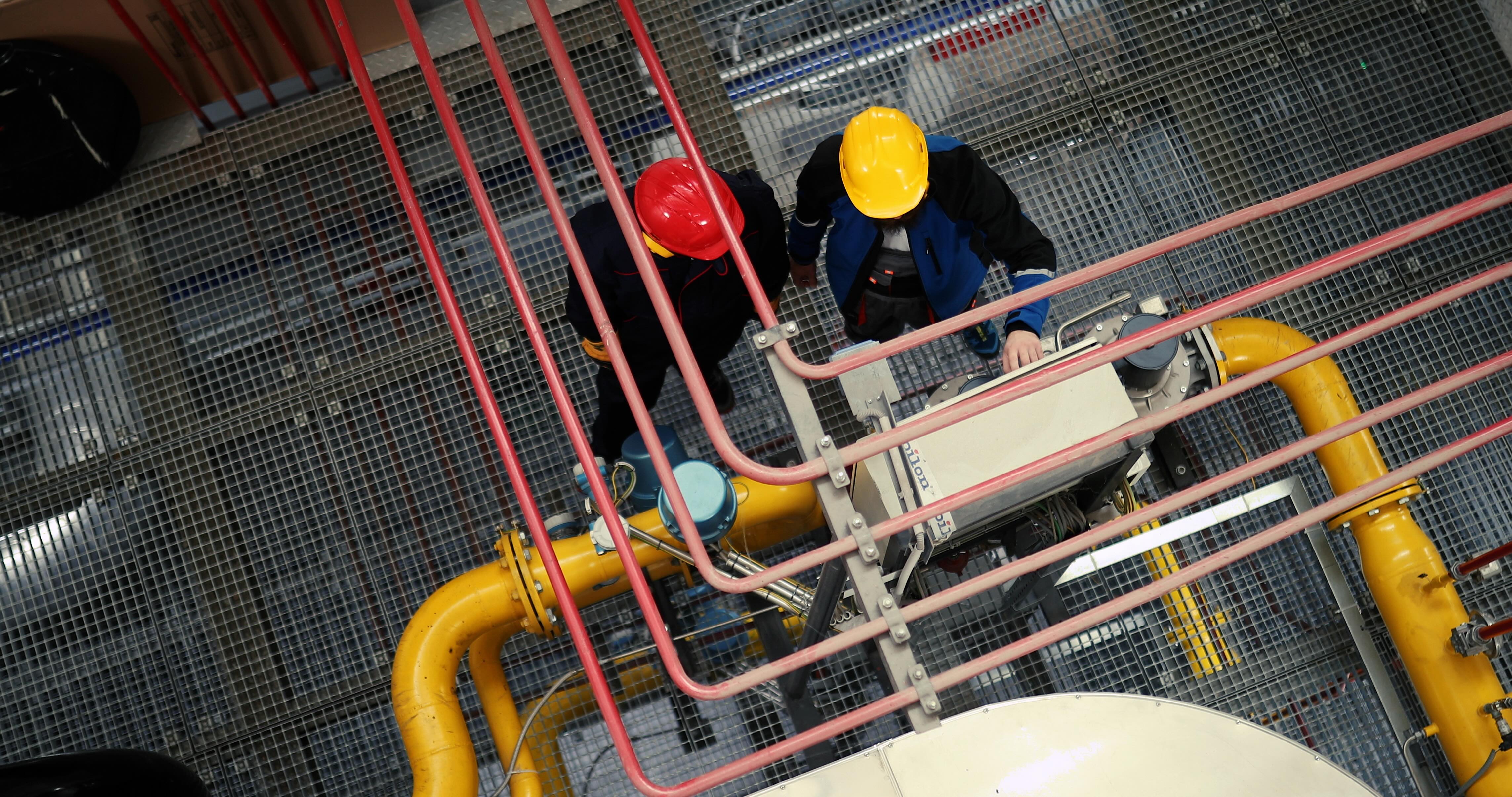
One of the biggest advantages for Australia is that a lot of geothermal technology is ‘off the shelf.’
Direct use projects effectively use ordinary water bores and pumps, conventional surface water filters and heat exchangers.
Geothermal power generation projects can employ existing equipment and workforces from other industrial sectors like oil, gas and mining.
Most of the existing and potential cases we have investigated for Gippsland, for example, are technically viable and economically compelling.
Added to this is the fact geothermal energy has the potential to open up a new, truly clean electricity supply, so it can adjust to meet demand on short timescales.

As our international colleagues prove that technologies will bring down the costs for generating geothermal electricity, Australia is in a box seat to capitalise on those developments.
We have the potential to simultaneously expand our direct use of geothermal energy to massively reduce our dependence on fossil fuels to power our homes and industry.
What is arguably lacking is national and state recognition that geothermal energy is a vast, valuable, secure natural energy resource quietly awaiting its moment in the sun.